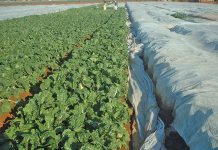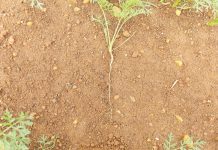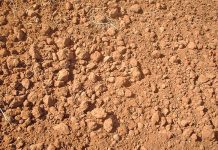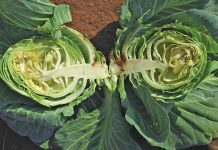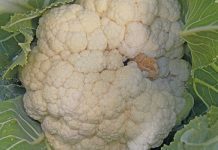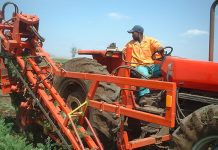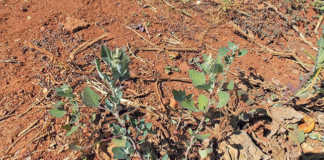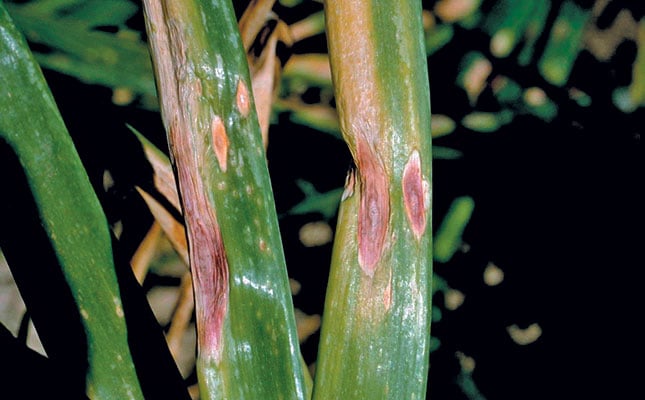
Downy mildew
This disease can ruin a crop rapidly in cool, humid conditions. It often appears in warm areas in spring and late winter, flaring up where conditions are favourable. Pinpointing its origin can be difficult, however.
The fungus survives the off-season in plants of the Allium genus (onions, leeks, chives and hundreds of other wild species) that can grow during this time.
Spores landing on the plants do not need rain or irrigation to germinate; dew is sufficient. The spores can germinate in temperatures as high as 25°C, with 7°C to 16°C being most favourable. Spores are released in cycles of about two weeks.
After infection, the leaves become yellowish and the downy fungus is visible on the leaf surface. This matures to a purple colour.
Downy mildew does not usually kill the plant, but will greatly reduce yield and quality.
Systemic products are now available to control the disease.
When growing onions commercially in an area where downy mildew was an annual event, we would carry out preventative spraying using a very high rate of 2 000ℓ/ ha water with a wetting agent. We used dithiocarbamate products to try to prevent the downy mildew, but with only limited success.
The arrival of the first systemic products changed all this. I vividly recall the first trial I did with metalaxyl; I used a knapsack for the experiment and to my astonishment, obtained complete control wherever I sprayed.
Purple blotch
Alternaria porri favours warm, moist conditions. Late varieties on the Highveld and in northern areas are vulnerable as they will still be growing when the rainy season starts.
This is a difficult disease to control. Although it can be seed-borne, it usually starts off from crop residue. A rotation of several years will be required after an outbreak. A common source of infection is the pile of infected onions discarded near the packing shed. Diseased onions should be buried.
Purple blotch starts off as water-soaked spots on the leaves; these become oval or elongated and turn brown, red or purple. They are usually 2cm to 3cm long, sometimes with faint concentric rings on the outer edge.
The disease often targets older leaves first, and these fold over from the damage. Infection is far more likely when there is thrip and hail damage.
The literature usually suggests spraying dithiocarbamates as a preventative measure, but I have had no success with this method. I recommend using systemic products at the first sign of the disease.
Botrytis leaf blight
Botrytis squamosa favours cool, moist conditions. I often come across it on leeks as well. It starts in a similar way to purple blotch, with elongated white spots. However, these occur in greater numbers and are found all over the leaf.
They are also smaller – no more than a few millimetres in size – and the spots later become slightly darker in the centre. Hail and thrip damage increase the likelihood of this disease.
The control measures are the same as for purple blotch.
Pink root
Phoma terrestris is easy to identify. The onions fail to grow as expected, and the roots show a pink colour in a plant removed from the soil.
The disease often occurs where onions are grown repeatedly in the same soil. Some soils are more prone to pink root than others. The best course of action is to plant resistant varieties.
Bill Kerr is a vegetable specialist and a breeder of a range of vegetables.

